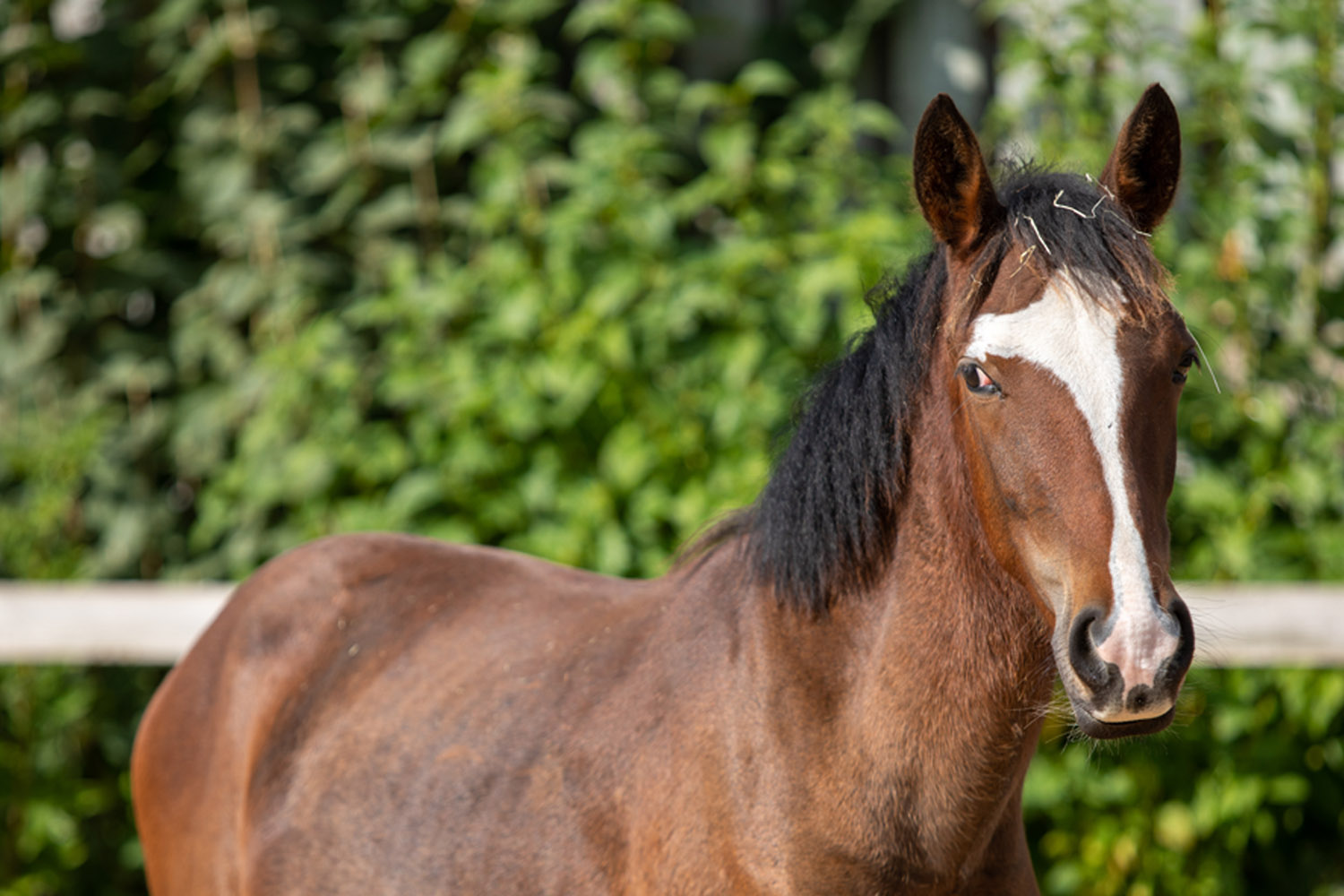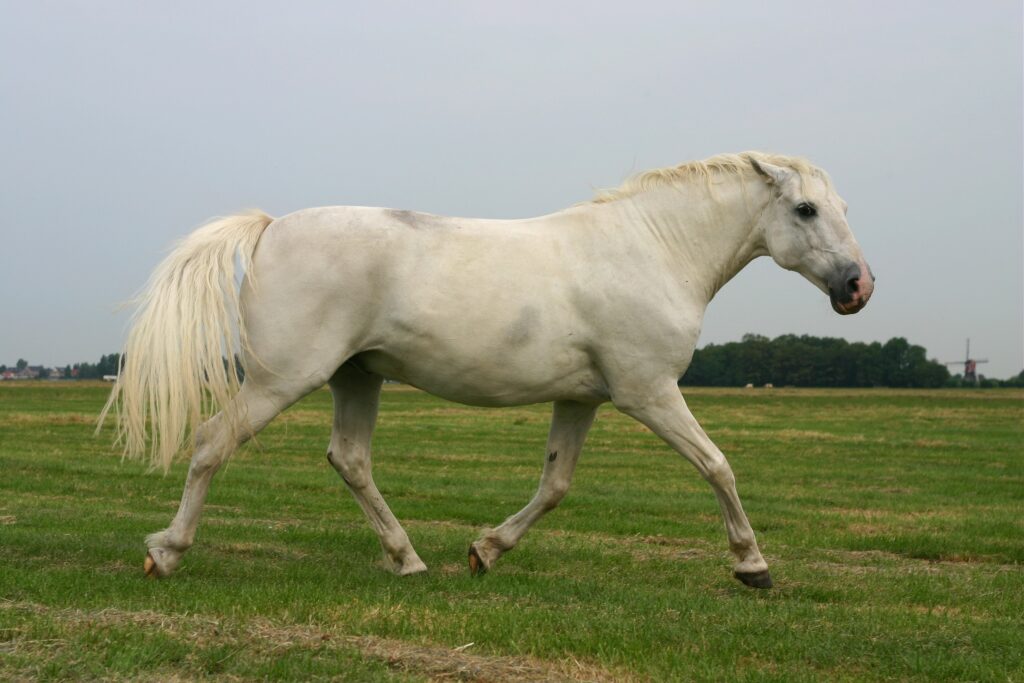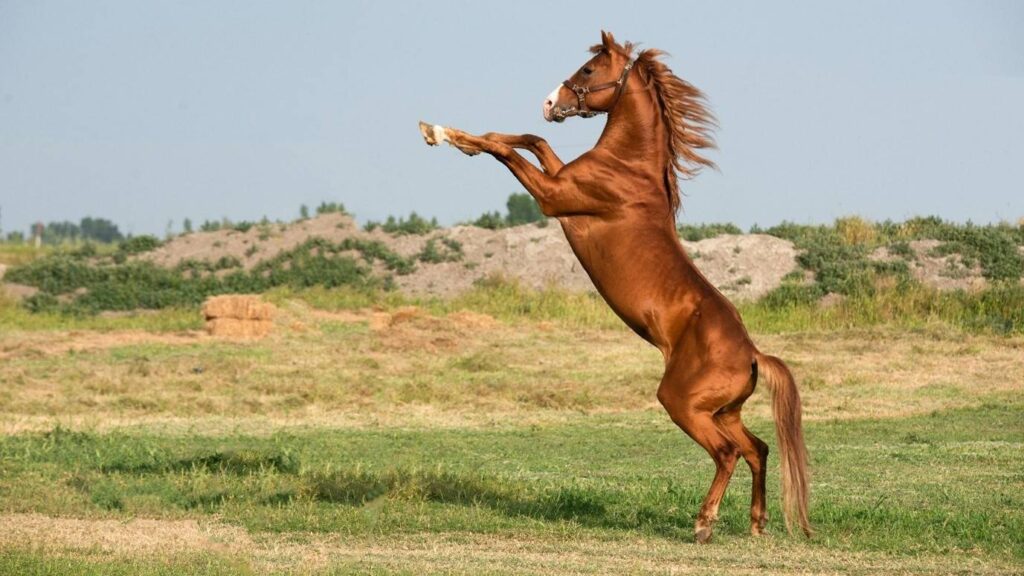Feeding your horse properly is one of the most important aspects of horse care. Round bale feeding for horses is a popular method among horse owners, particularly for those who manage large herds or have limited time to feed multiple times a day. While this method offers convenience and potential cost savings, it’s crucial to understand the various factors involved to ensure your horses remain healthy and well-nourished.

Understanding Round Bale Feeding
Round bales are large, compact bundles of hay that can weigh anywhere from 600 to 1,200 pounds. They are designed to feed multiple horses or livestock over an extended period, reducing the frequency of feeding sessions. This can be particularly advantageous during the colder months when pasture grass is scarce.
Benefits of Round Bale Feeding
Cost-Effectiveness
One of the primary benefits of round bale feeding is its cost-effectiveness. Purchasing hay in bulk, such as round bales, typically offers a lower price per pound compared to small square bales. Additionally, the ability to store and allow horses to self-feed reduces labor costs associated with daily feeding.
Time Efficiency
For horse owners who juggle multiple responsibilities, round bale feeding provides significant time savings. Once you’ve set out a round bale in a hay feeder or under shelter, it can last your horses for several days, freeing up your schedule.
Potential Drawbacks and Challenges
Hay Quality and Storage
Ensuring the quality of hay in round bales is essential as poor quality hay can lead to nutritional deficiencies or health issues such as colic. It’s vital to store bales properly, covered or inside a barn, to protect them from elements that can lead to spoilage.
Check out advice on the best hay for horses to ensure optimal feeding.
Feeding Environment
The condition in which bales are fed plays an important role. Feeding directly on wet ground can lead to wastage, while feeding in enclosed areas can encourage territorial behavior. It is recommended to use a hay feeder to minimize wastage and keep the feeding area clean.
Key Considerations for Successful Round Bale Feeding
Selecting the Right Bale Size
The size of the round bale should reflect the number of horses being fed. Smaller herds may not consume a large bale quickly enough, leading to spoilage.
Ensuring Hay Quality
Prioritize purchasing high-quality hay from reliable sources. Regular quality checks for mold and dust are crucial.
Monitoring Horse Health
Despite the convenience, monitoring your horses regularly for signs of nutritional imbalances or health problems is critical. You may also refer to external resources such as the MSD Veterinary Manual for further guidance.
Nutritional Balance
Complement round bale feeding with additional supplements or concentrates if necessary. You can learn more about enhancing horse nutrition by ensuring their diet includes horse feed with probiotics.

FAQs
How long does a round bale last?
The lifespan of a round bale depends on the number of horses it feeds. On average, it can last between three to seven days.
Can round bale feeding cause health issues?
Poor quality hay or improper feeding conditions can cause health problems. Ensure regular checks and provide a clean area for feeding.
Is a hay feeder necessary?
Using a hay feeder minimizes wastage and keeps the hay clean and dry, making it highly recommended for round bale feeding.
Implementing round bale feeding for horses effectively requires understanding both its advantages and its challenges. With the right approach and regular monitoring, it can be a highly efficient means of ensuring your horses are well-fed and healthy.
For even more ways to optimize your feeding routine, consider exploring hay pellets for horses as part of a balanced diet.
This article contains affiliate links. We may earn a commission at no extra cost to you.







